This project log will be used to describe my progress. Please excuse the mixture of tenses in the project logs. Some parts were "I'm planning to do this" and other parts are "I did that". I could've gone back and revised everything for grammatical consistency, but I'm busy re-tiling my tub surround. The log is mostly chronological, but for some entries that were for particular topics, I sometimes went back and added things as I progressed (marked with "Update:"). Some logs got updated many times.
Before:
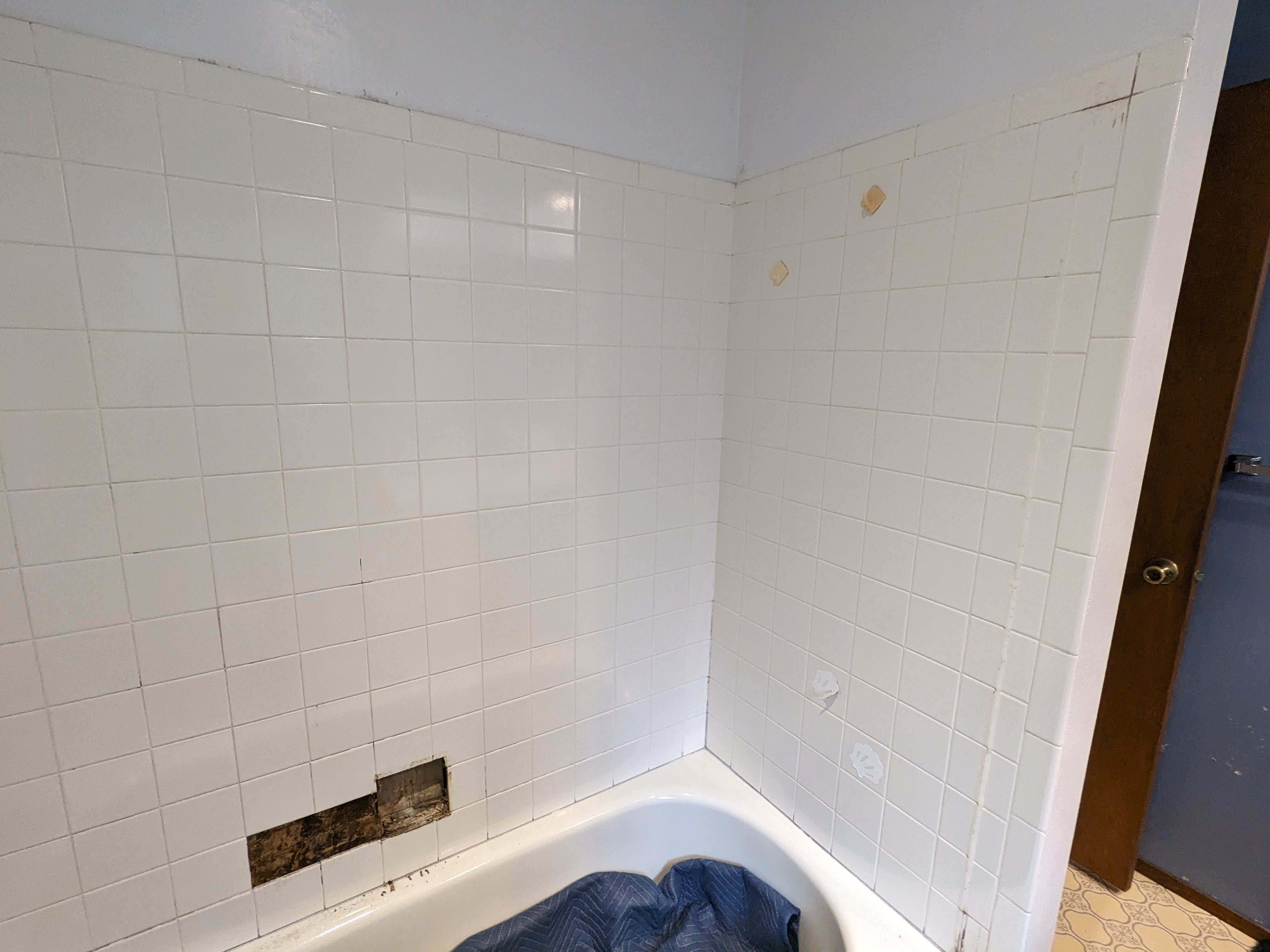
After: (no, the clock is not inside the shower)
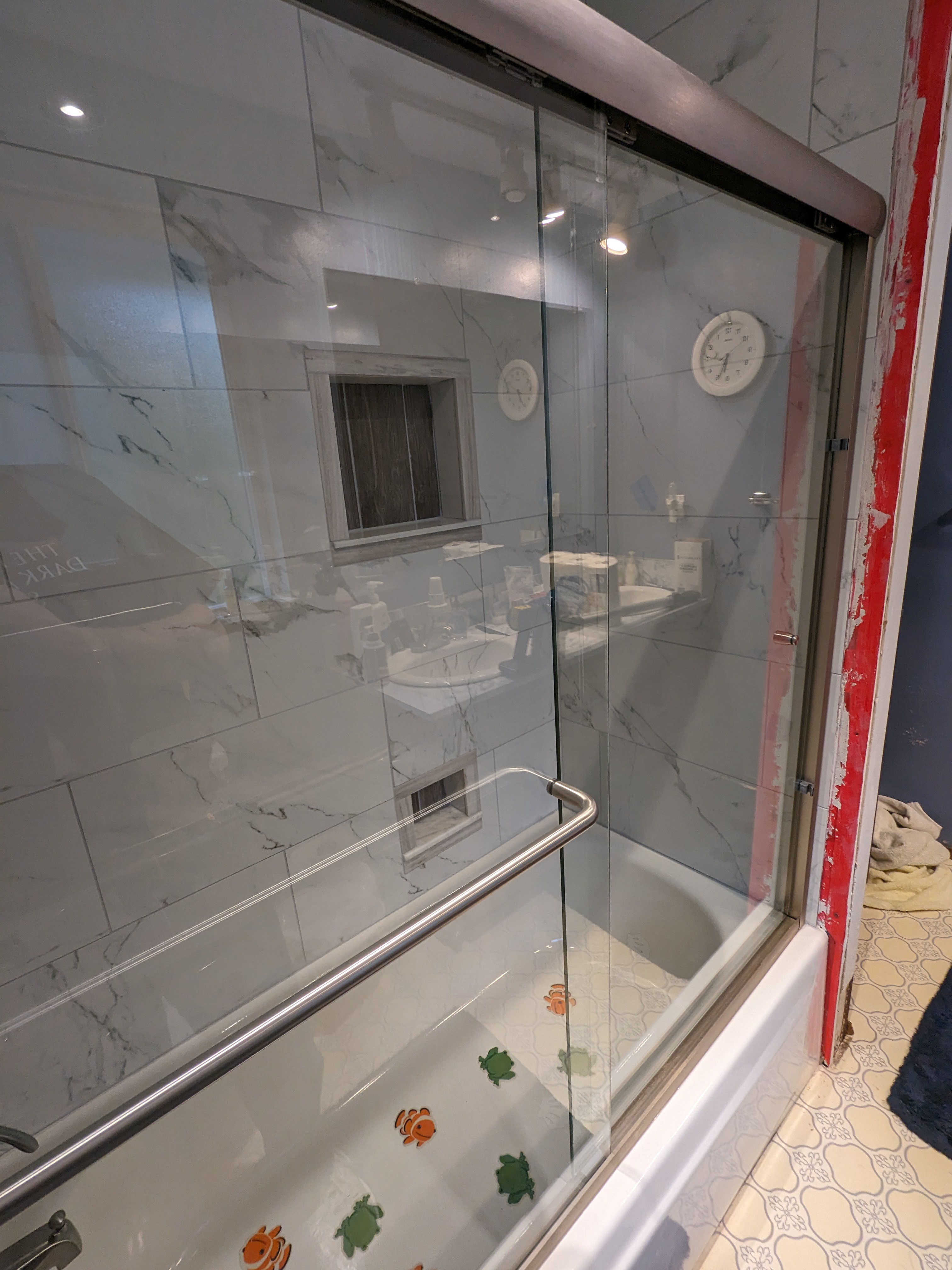
 WJCarpenter
WJCarpenter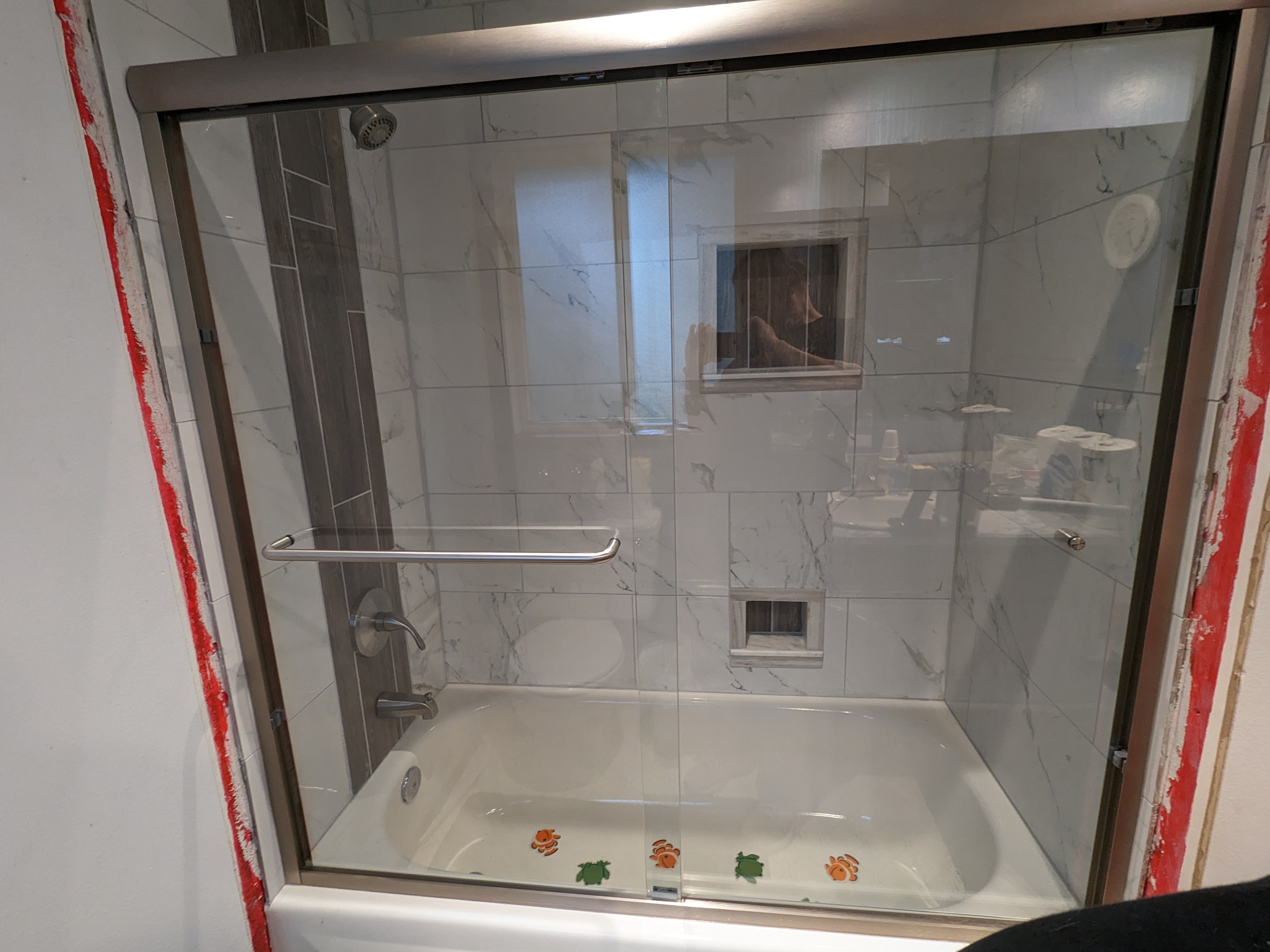
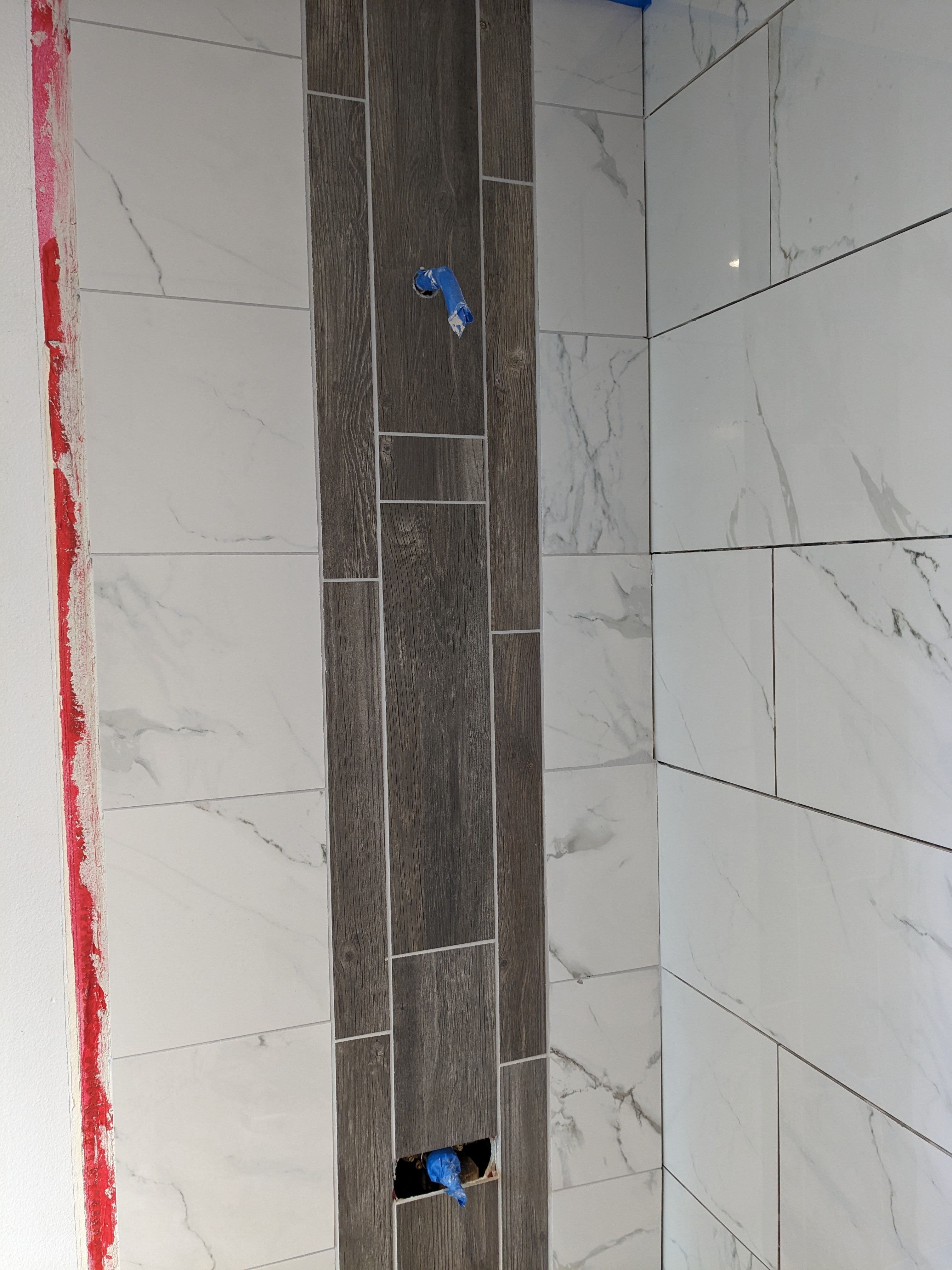


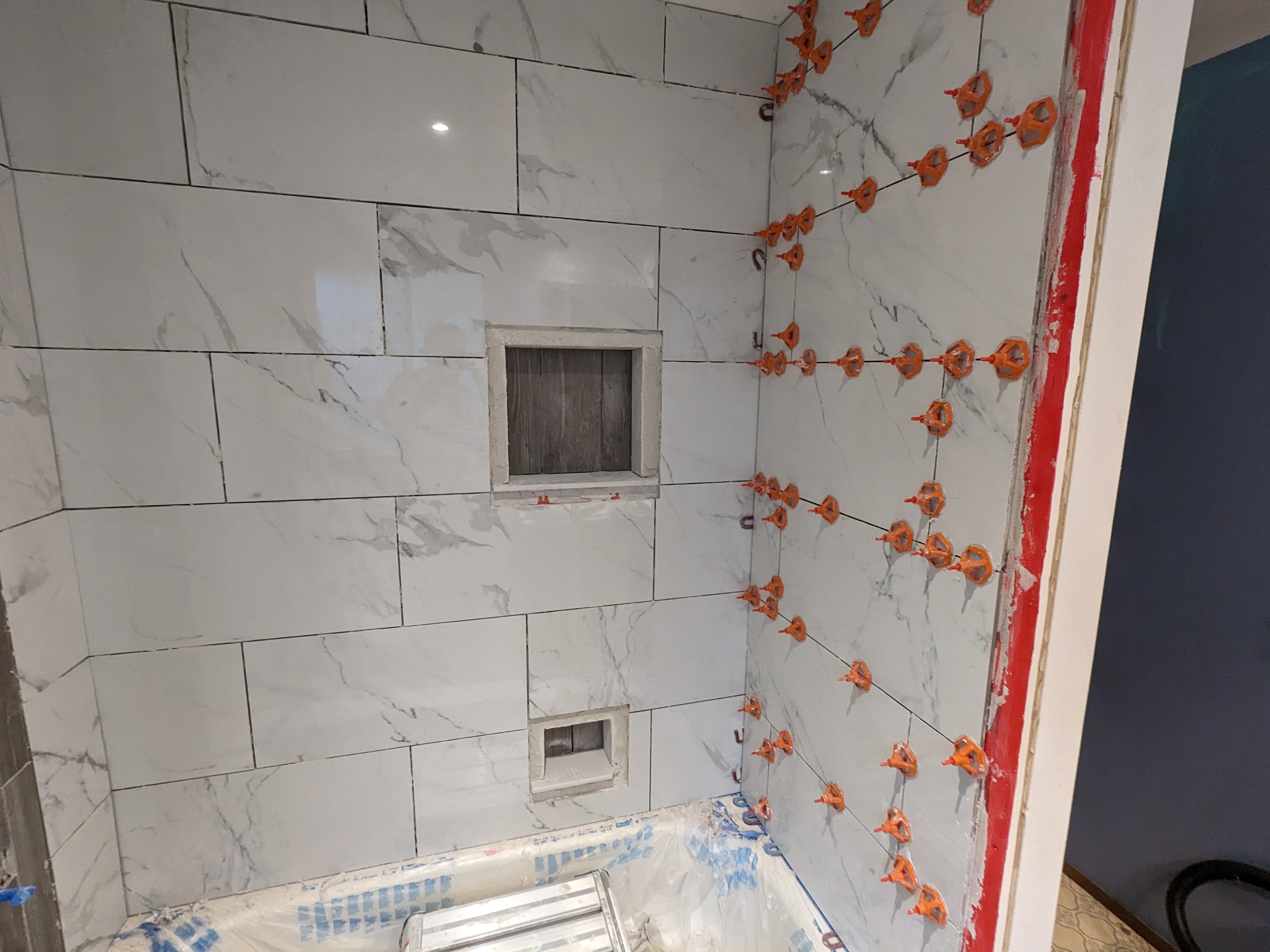
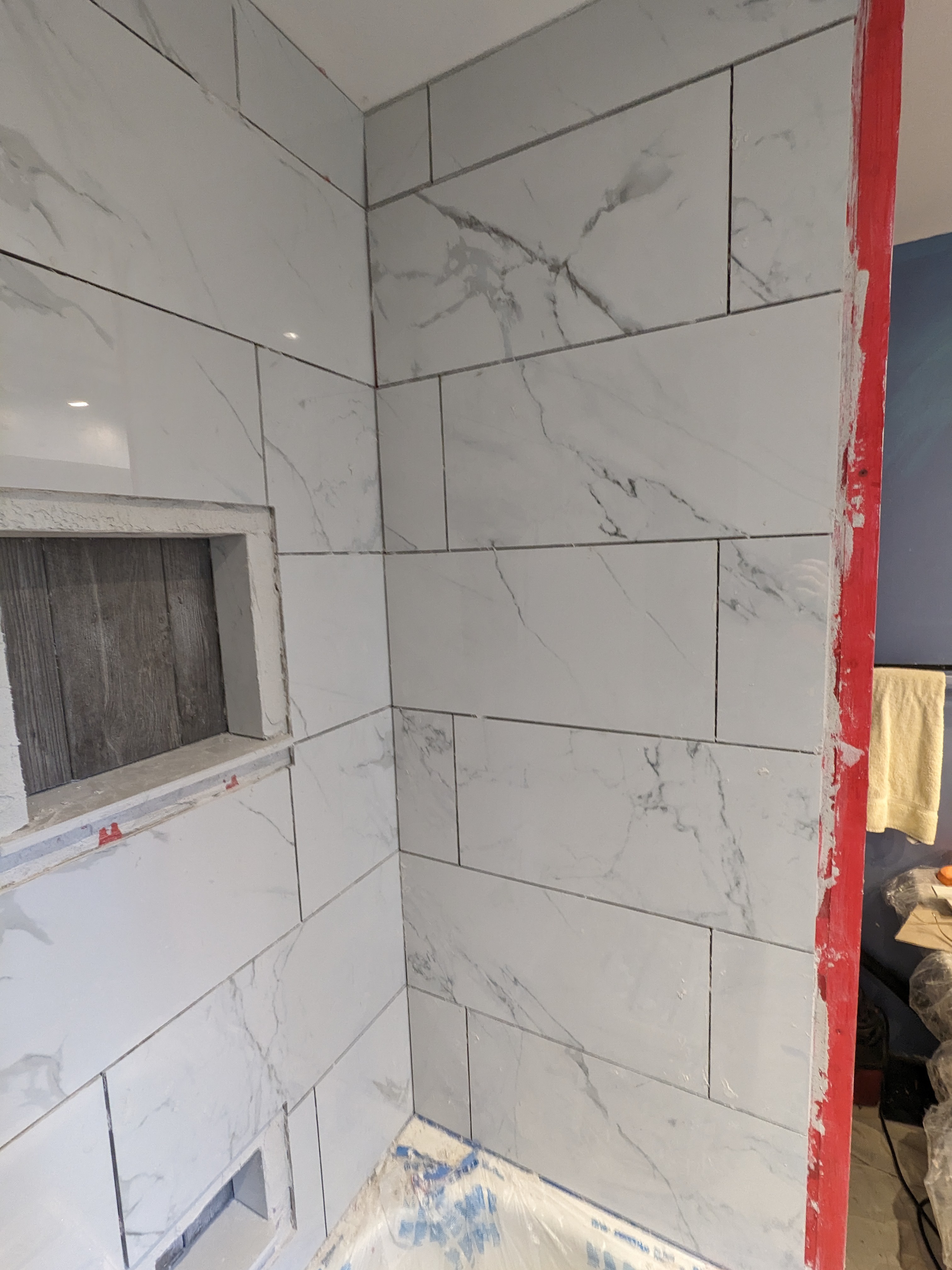
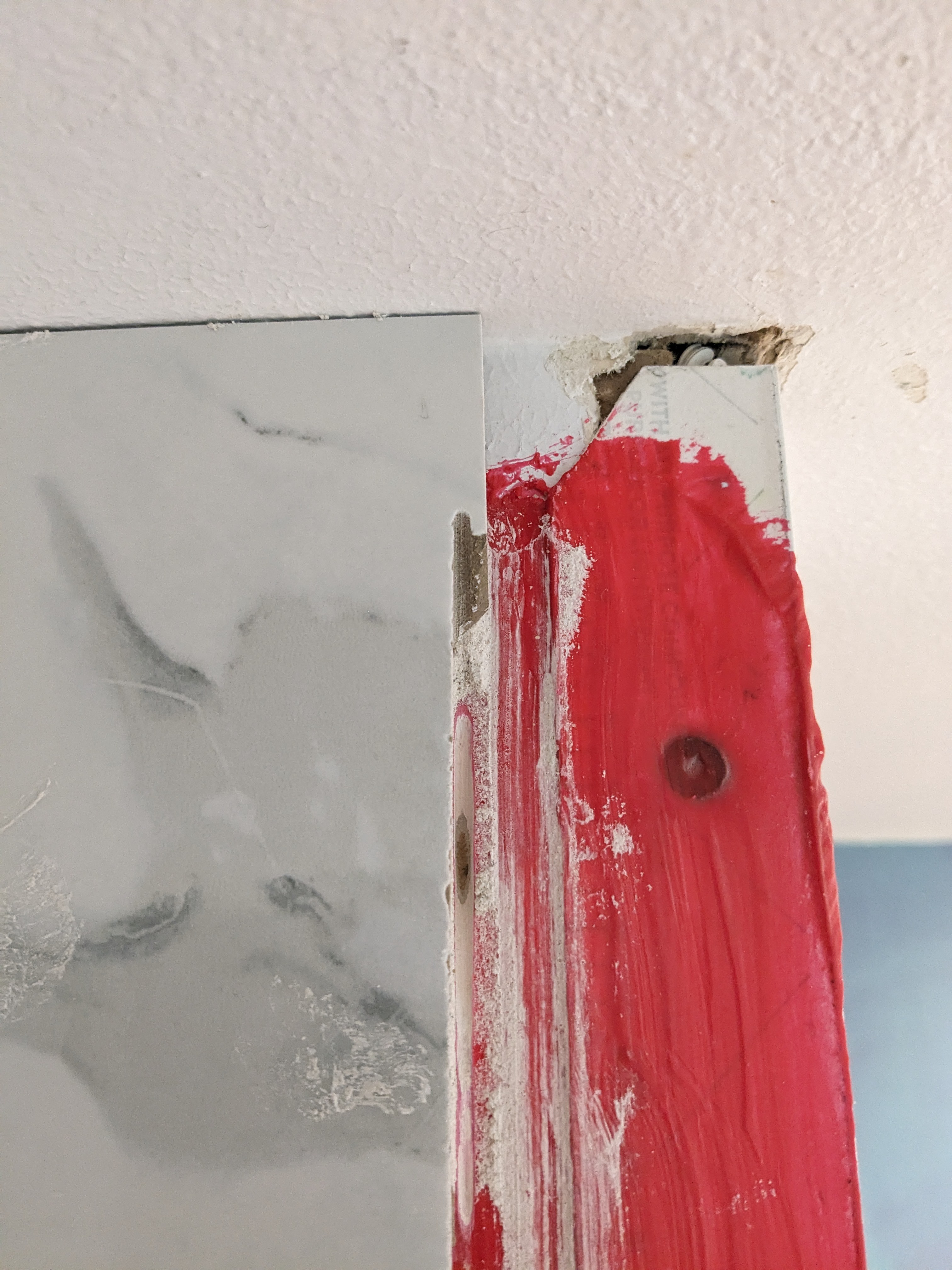
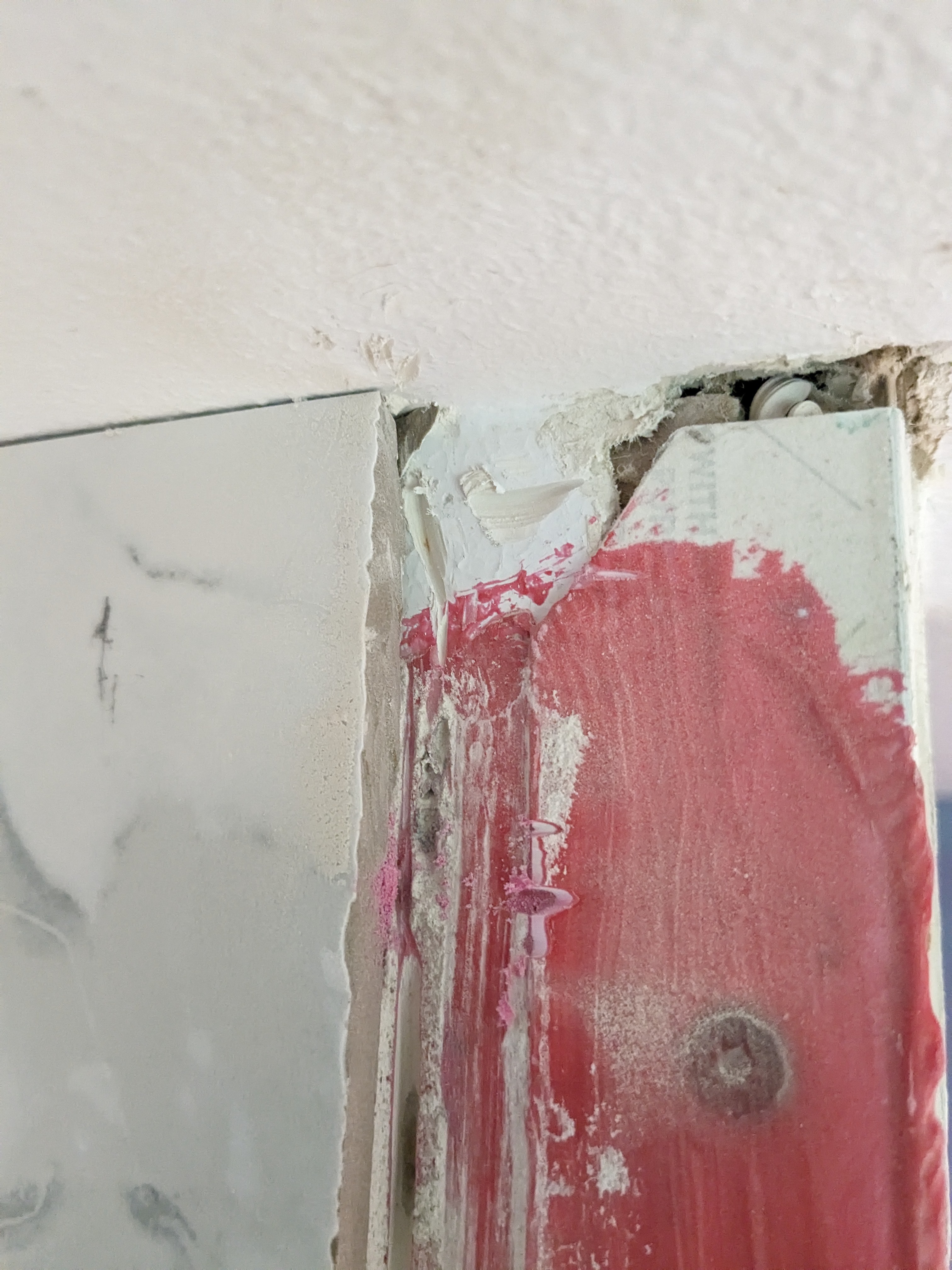
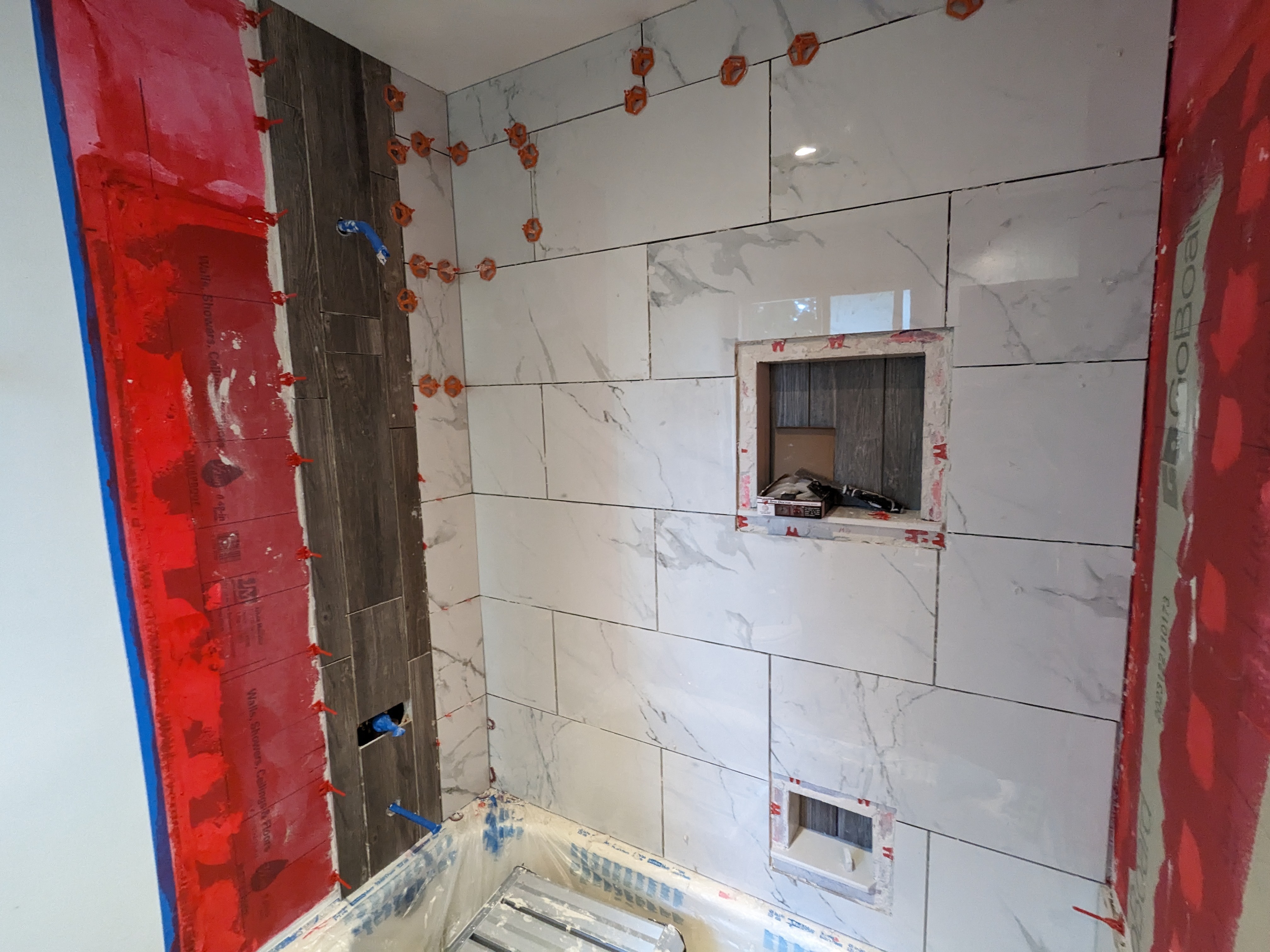

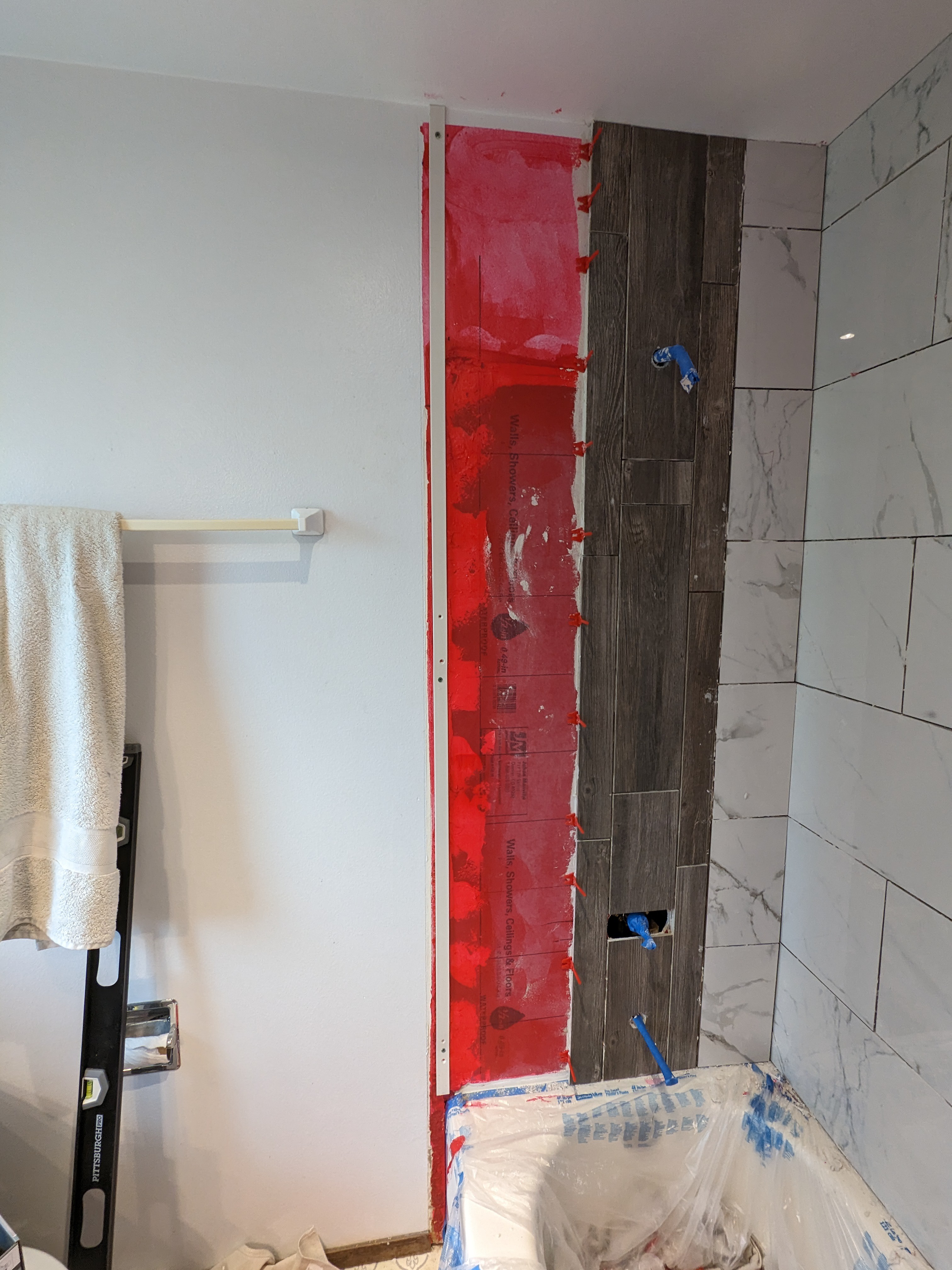
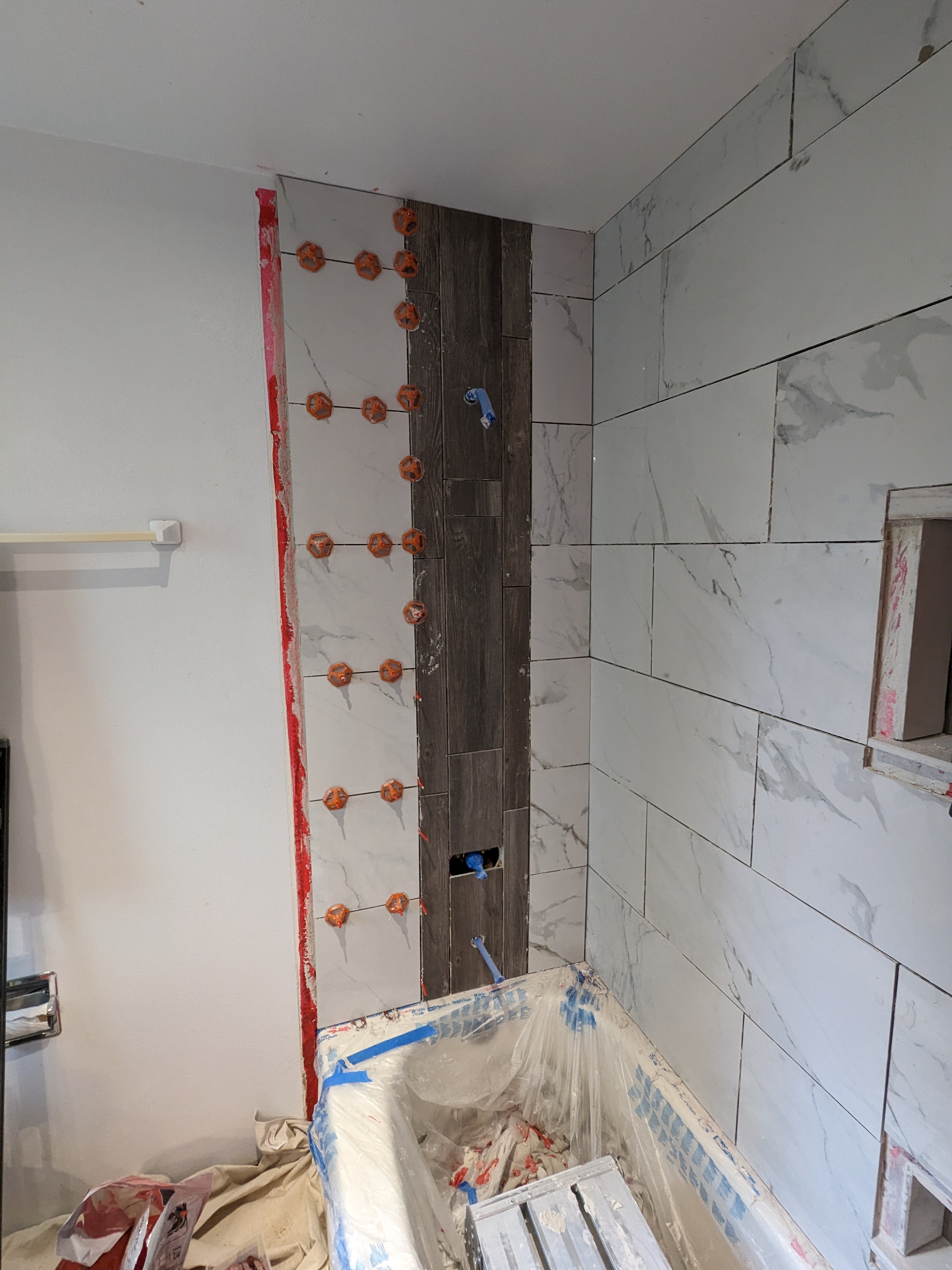
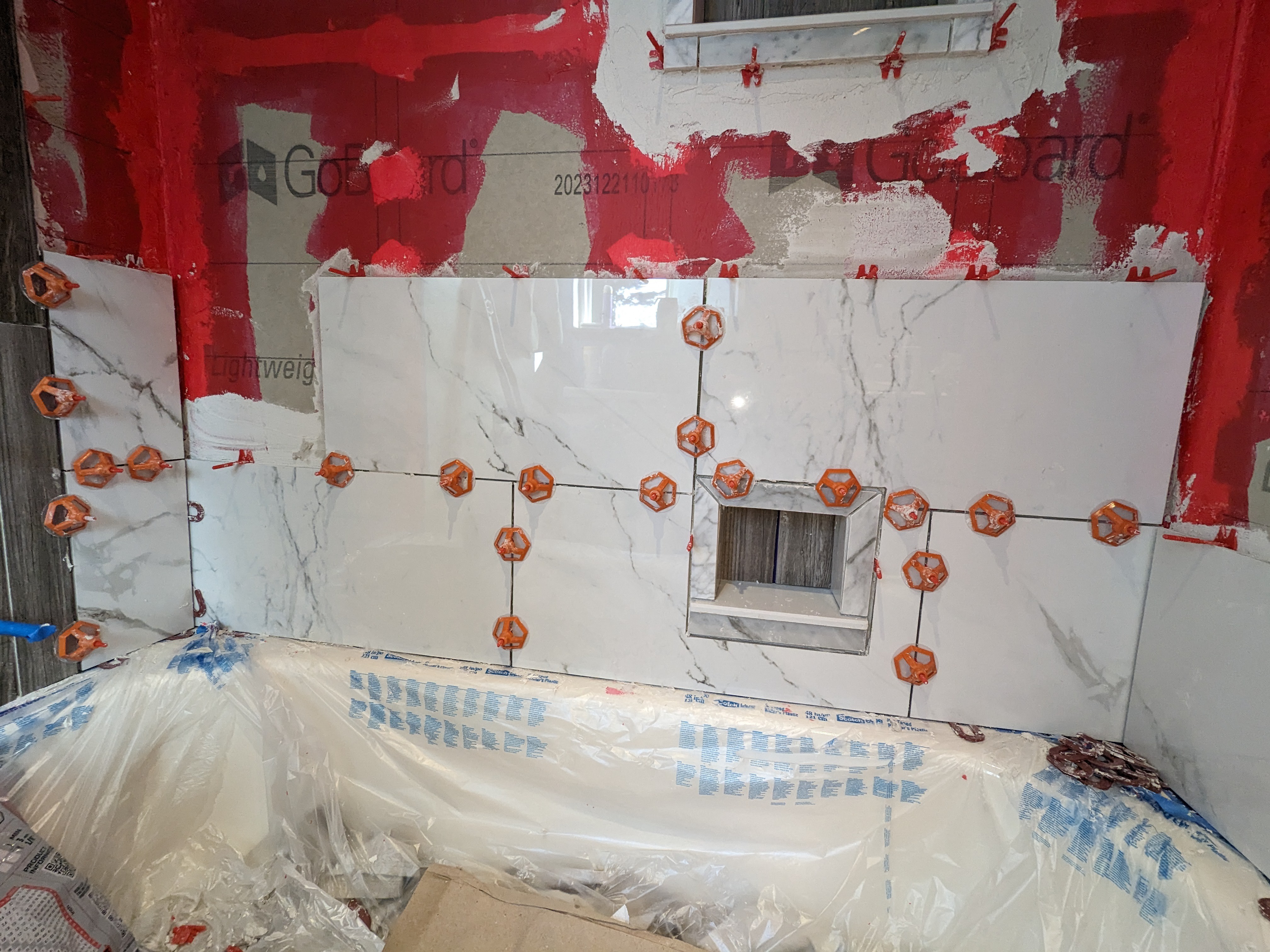



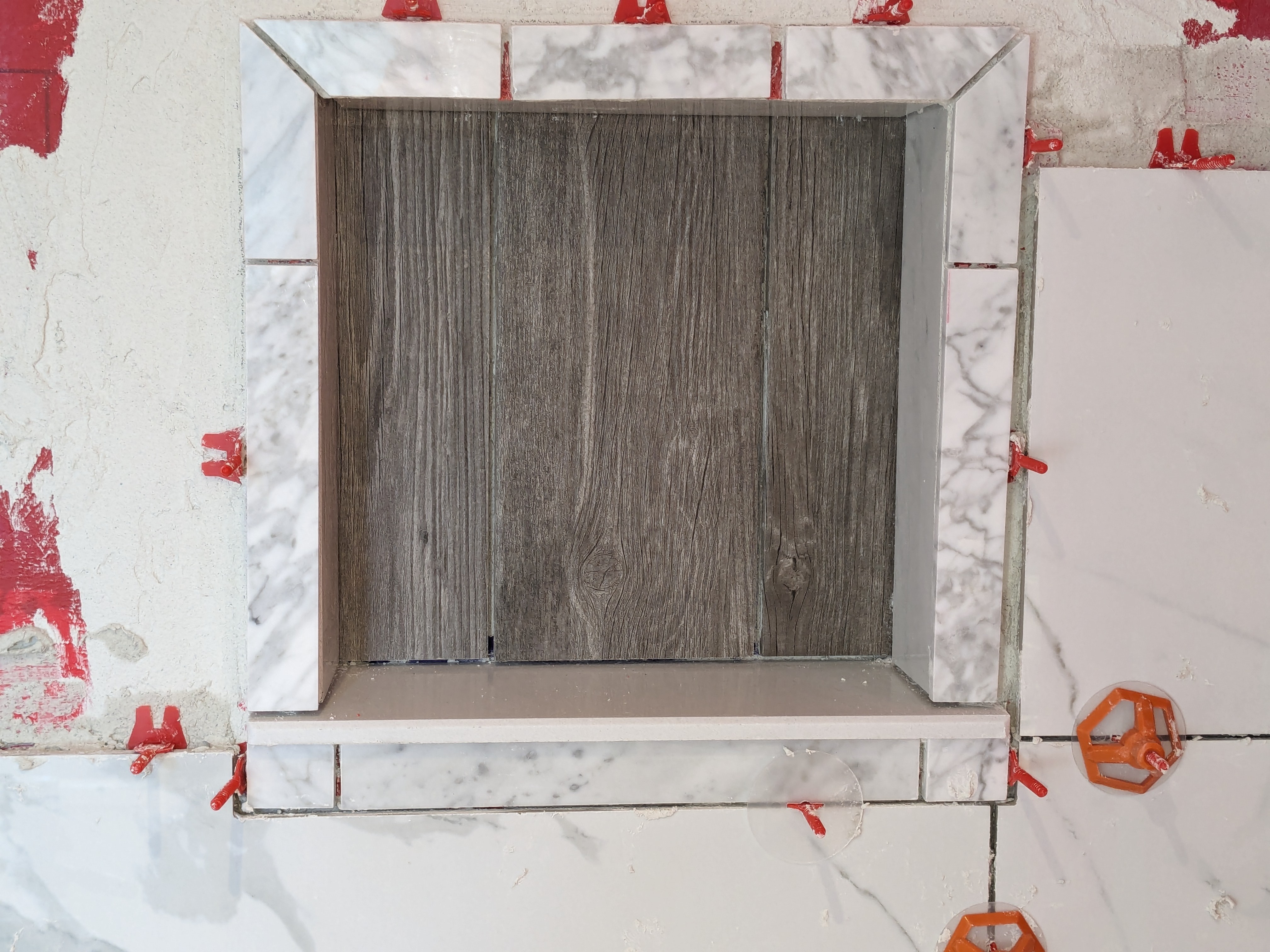

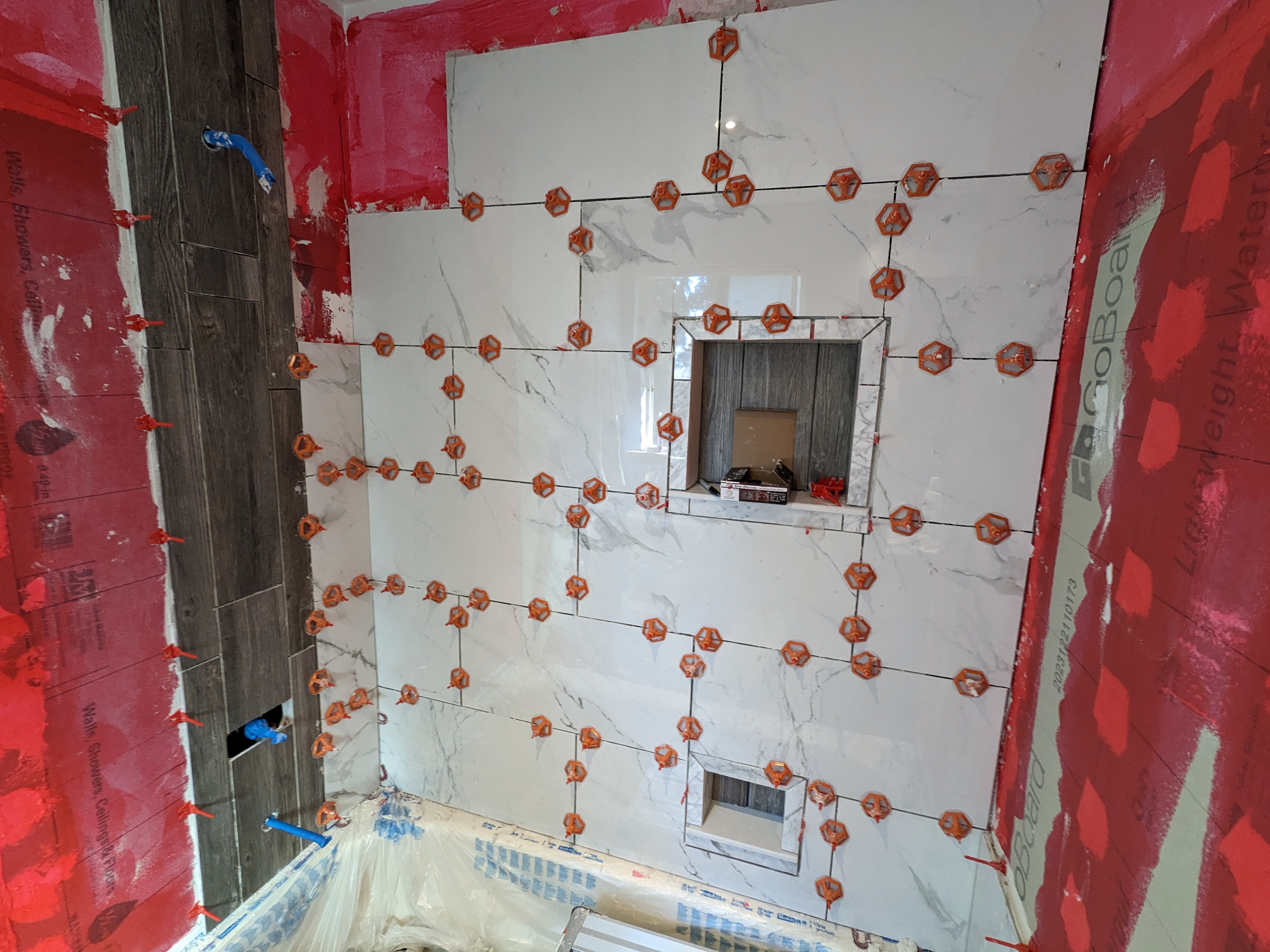



 Jan
Jan
 Scott G
Scott G
 Joseph Eoff
Joseph Eoff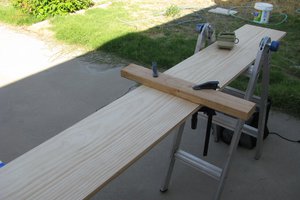
 Geoff Nicholson
Geoff Nicholson